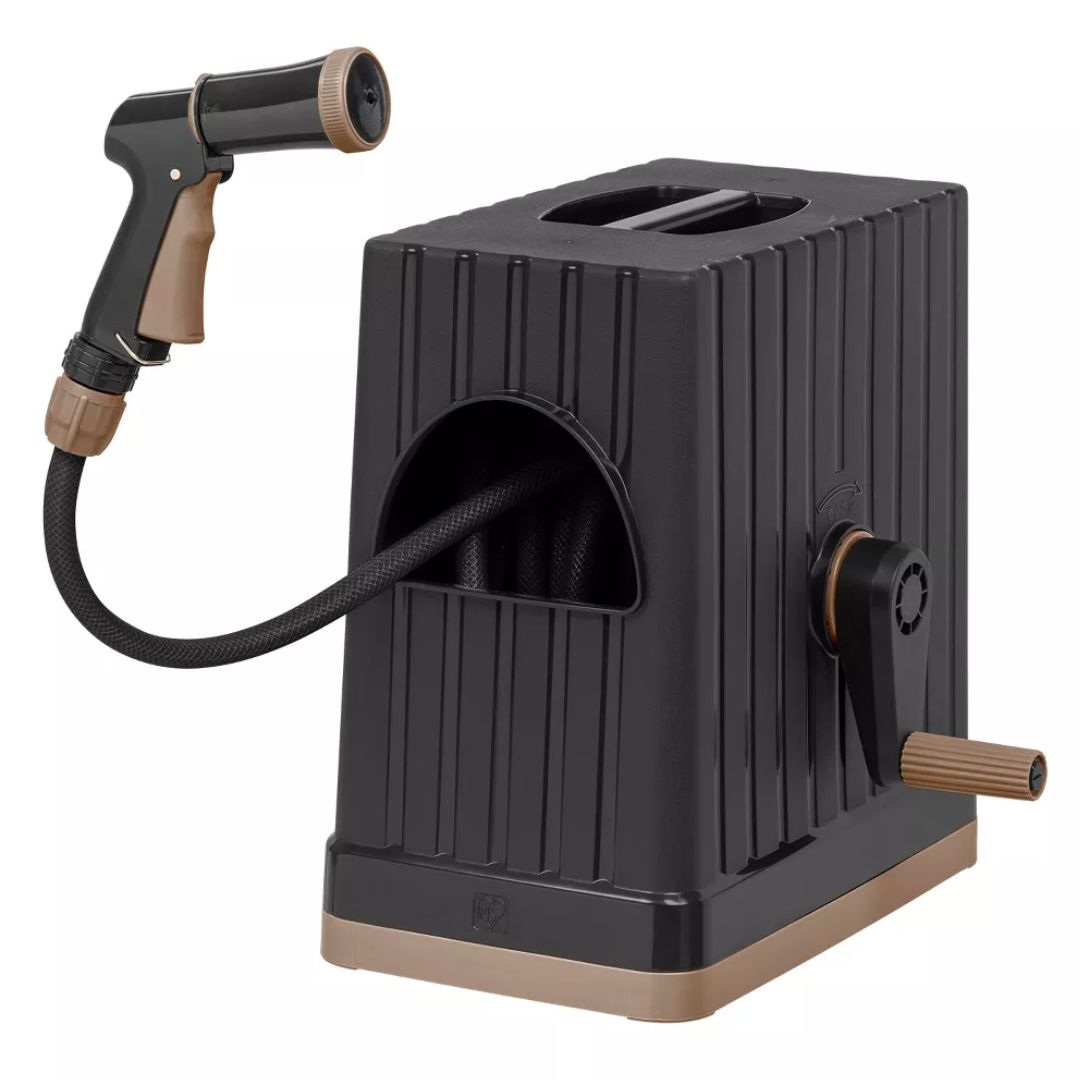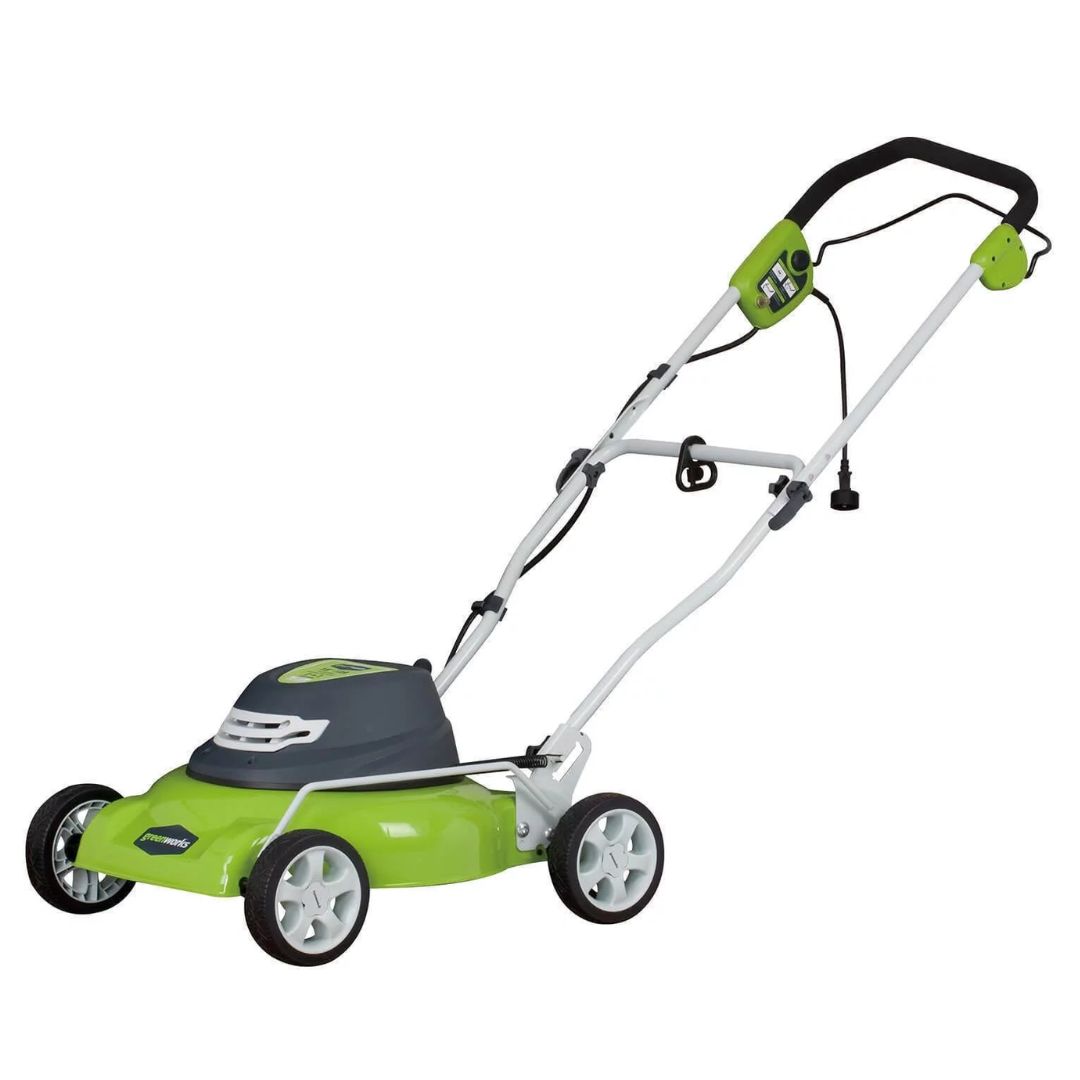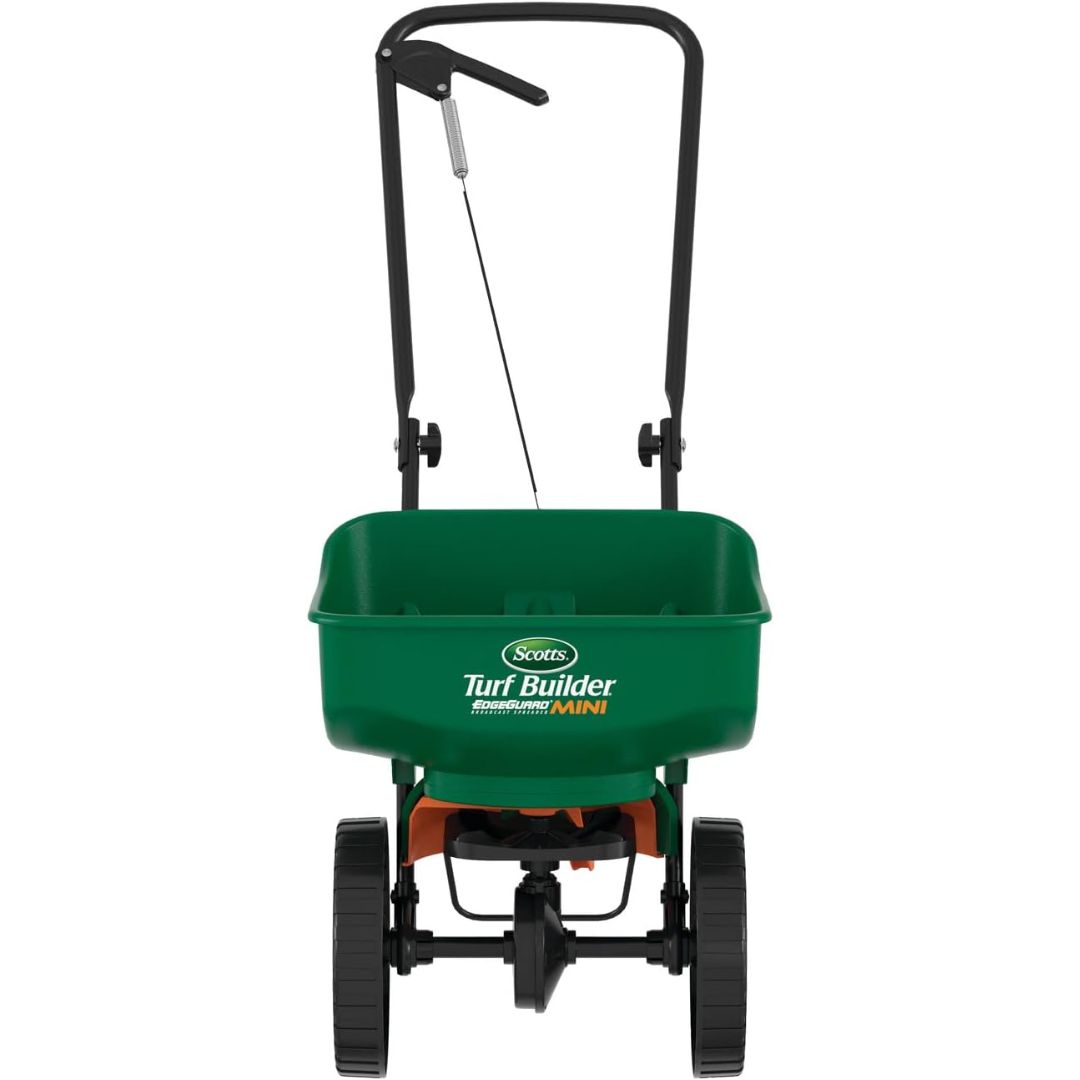7 Things to Do for Your Lawn in July to Keep Your Grass Healthy in Hot Weather
Follow these simple steps to maintain your lawn during this hotter month to ensure your grass stays looking its best
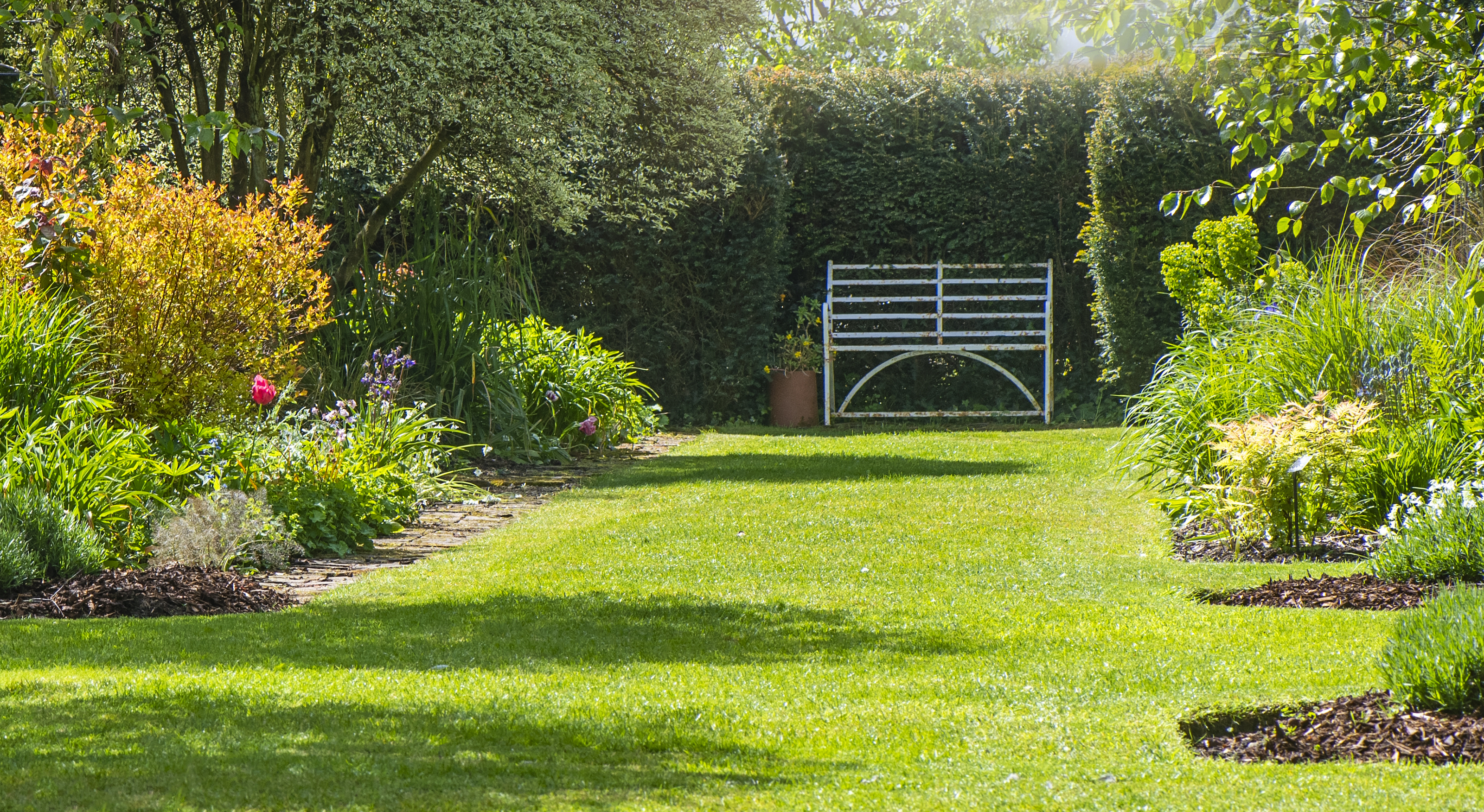
What you need to do for your lawn in July will differ depending whether you have cool-season or warm-season grass. However, generally the heat of the summer will impact your lawn and require some diligence wherever you are.
Some folk have reduced or ditched the traditional grass lawn altogether, opting for clover lawns and wilder styles that benefit pollinators and use less water. However, if you still have a more traditional look, it takes a little effort with lawn care to keep it looking good, particularly when the hot weather strikes.
'Summer has just begun, and the country is under the first nationwide heat dome of the season with temperatures across the country reaching the triple digits,' says Phil Catron, lawn expert and founder, NaturaLawn of America.
'As we move into July, lawns will continue to come under stress from high temperatures and lack of adequate moisture, leading to drought stress. Caring for a lawn that is under drought stress in July requires careful attention and specific practices to help it survive and recover.'
1. Sharpen mower blades
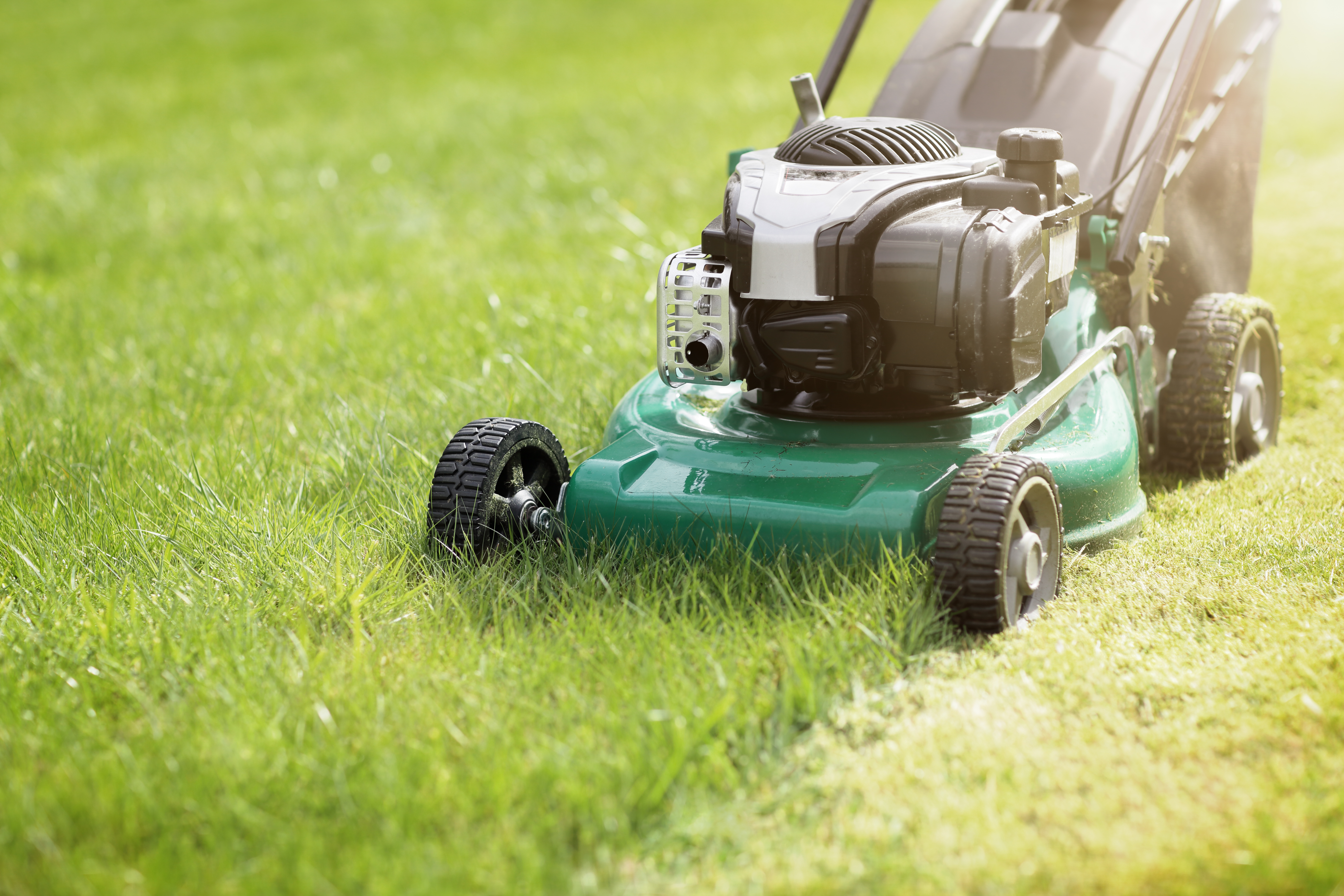
If you haven't already done so, sharpening mower blades for a clean cut will benefit warm-season grasses, which tend to thrive in lawns in the Central and Southern US.
'Grasses such as Bermuda, Zoysia, and St. Augustine may be most active during the summer months, but that does not mean that they do not face significant challenges once the dog days of summer set in,' says Phil Catron.
'Warm-season grass is susceptible to numerous diseases that are active during the heat and humidity of July. Late evening thunderstorms are common, providing the moisture needed to promote the pathogens of these diseases.
'Assuring your lawn is mowed with a sharp blade will provide a cleaner cut, permitting the grass to recover from the mowing more quickly. This will reduce the opportunity for many diseases to take hold and cause turf damage.'
Try this lawn mower blade sharpener from Amazon if you don't have a method to do this already.
![[updated] Lawn Mower Blade Sharpener 15°-45° Adjustable Frame With Ball Bearing Manufacture Handle for Right & Left Hand Blades, Use With Angle Grinder, Black](https://cdn.mos.cms.futurecdn.net/db65PNdDeUoNyQNGVMC4D3.jpg)
Price: $64.99
This lawn mower blade sharpener can be set up in a garage or similar to make sure your grass gets the best cut. It's got hundreds of great reviews on Amazon, and 4.5 stars out of 5 on average.
2. Raise mower blade height
Those that followed lawn care for June tips may have already raised their mower blade height. However, the advice still applies, so if you haven't yet got around to adjusting your mower blades, there is time and your grass will benefit.
'Altering a few maintenance practices during summer's extreme heat can help cool-season grass survive and thrive through stressful conditions,' says Phil Catron.
'One key adjustment during summer's extreme heat is raising the mowing height to 4-4.5 inches. This simple change provides shade to the grass plants, reducing moisture loss while helping protect them from heat stress.
'Additionally, reducing the frequency of mowing to an every-other-week schedule during extreme heat, can significantly reduce the impact of summer stress on your lawn.'
3. Move garden toys around
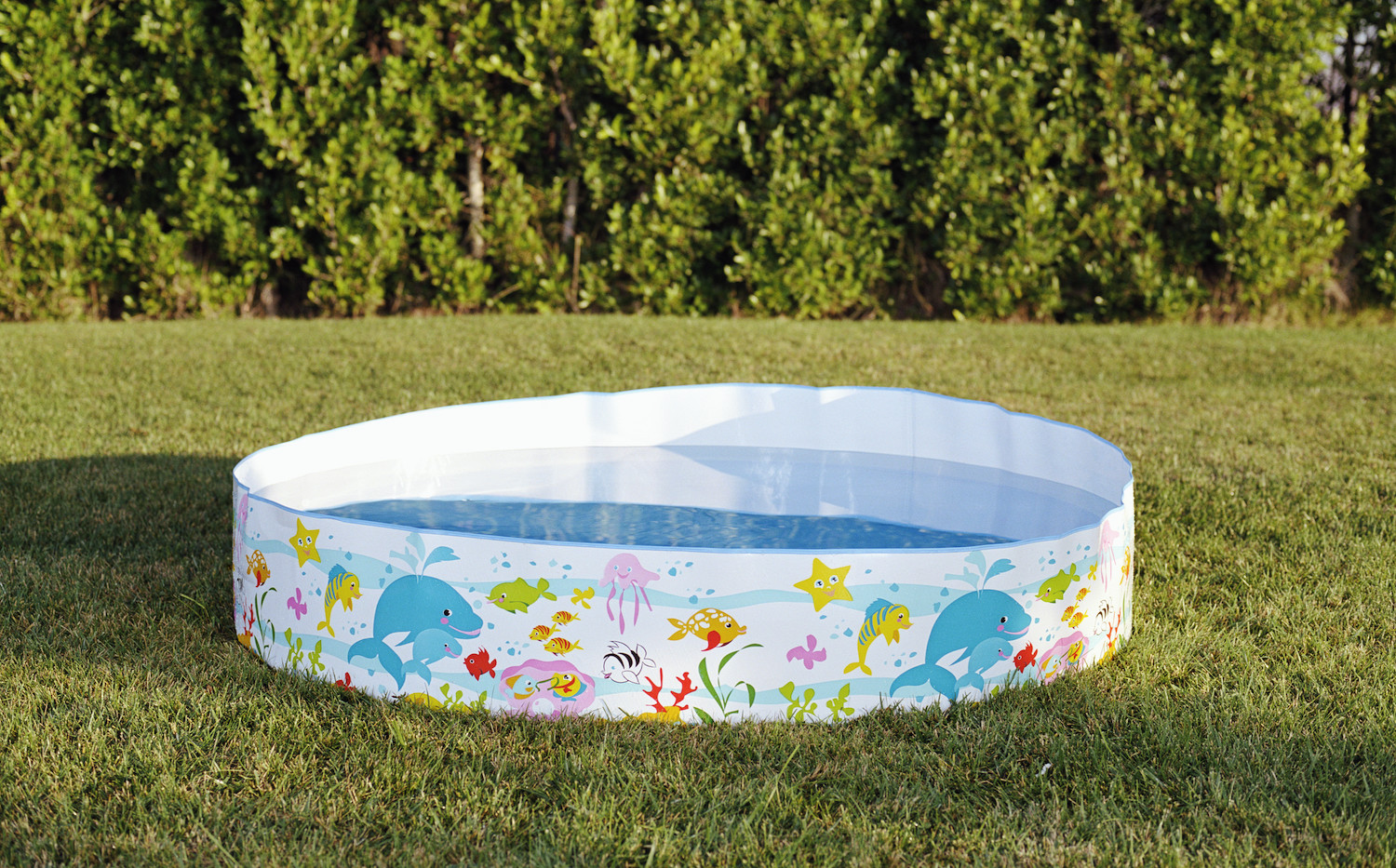
Brown patches on grass caused by paddling pools, splash pads and play houses can be commonplace during the summer, but they can be easily prevented or reduced.
'Move garden toys, such as kiddie paddling pools and slip-and-slide water toys, around the lawn every few days or weekly during summer,' says Kate Copsey, author of Month-by-Month Gardening New York & New Jersey.
'The constant jumping on the slide, the weight of the pool, and wet feet running over the surrounding grass are not things that a lawn appreciates for long. Additionally, the grass under larger toys needs light to grow.'
'Designating specific areas for activities or sports will surely reduce summer stress,' adds Phil Catron. 'Alternating areas where children or pets use the lawn throughout the summer will allow areas to recover and speed up regeneration coming out of the summer stress period.
4. Adjust your watering frequency
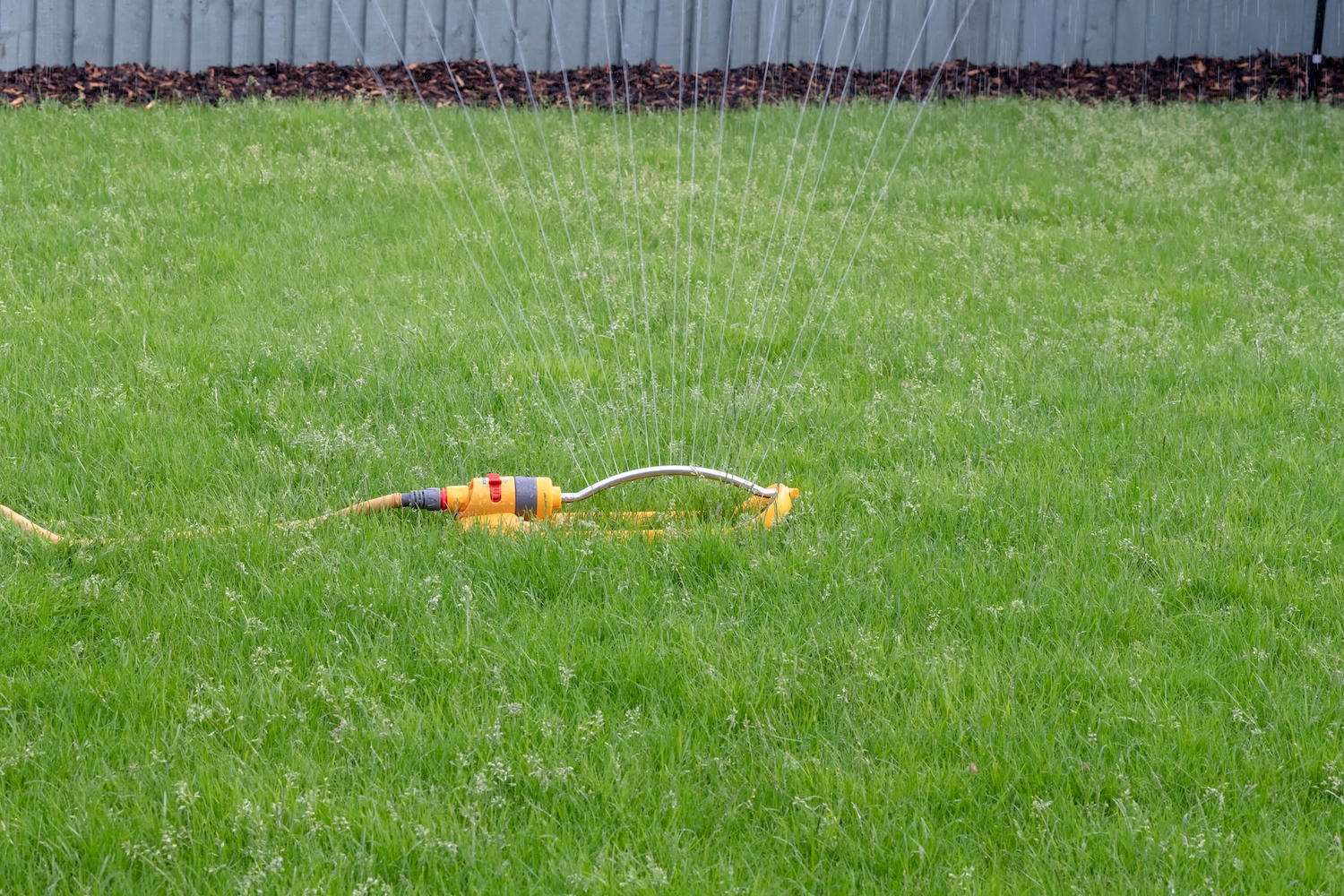
Obviously rainfall is less frequent in the summer and it is often necessary to water your lawn with a hose or irrigation system (ideally with water from a rain barrel). However, the way you water is important and experts agree that it's better to water a lawn deeply but infrequently. This advice applies to both warm-season and cool-season grasses.
'Watering practices are crucial in maintaining your cool-season grass during extreme summer heat,' says Phil Catron. 'Whether the water comes from your hose or mother nature, your lawn should be irrigated weekly to apply one inch of water during this time of year.
'Water your lawn deeply to encourage deep root growth. Watering deeply once every seven to 10 days is generally better than light watering more frequently. Deep watering encourages roots to grow deeper where moisture is retained longer.
'In the south, July brings intense heat to most areas. During this time, lawns may not receive adequate water to keep the soil moist and the warm-season grass looking happy and healthy.
'If nature does not provide, water the lawn once a week. Water deeply at the earliest part of the day, allowing the grass blades to dry out. This will minimize the potential for fungal diseases.
'Watering early in the morning also reduces water loss due to evaporation and ensures the grass has access to water during the hottest part of the day,' adds Phil.
5. Allow your grass go brown
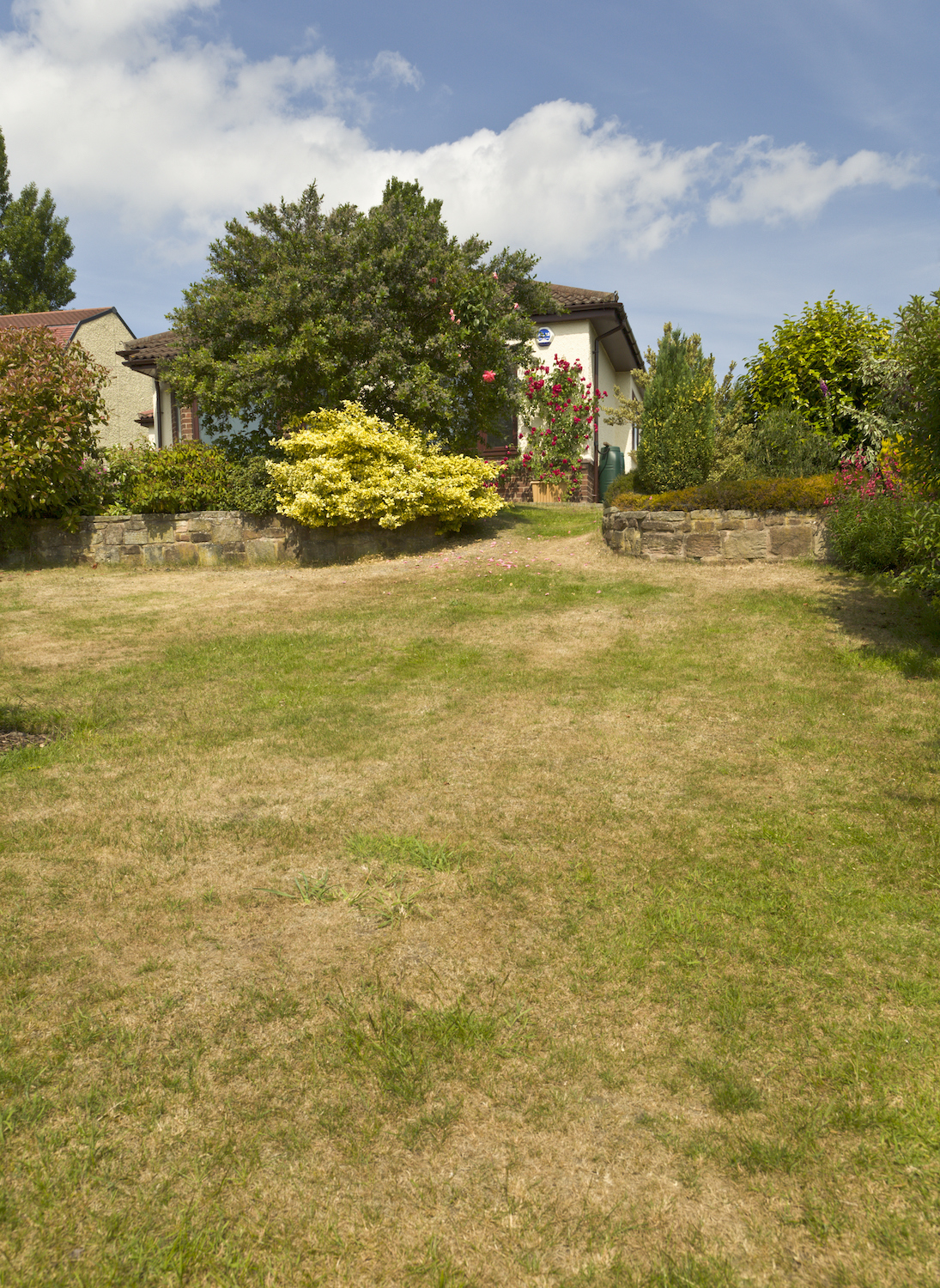
There are times, such as during a drought, when it may be necessary to let your grass go brown. But don't panic, the grass will return to green once the rain returns.
'If water restrictions are in place due to a drought, you may have to let the lawn go brown,' says Charlie Nardozzi, author of Month-by-Month Gardening, New England. 'It will bounce back and green up with cooler, wetter weather.
'In fall, try overseeding your lawn with white clover to help it stay green even during droughts. Clover has deeper roots than lawn grass and is better able to withstand drought.'
'It takes about six weeks of hot weather and drought to kill a well-established lawn, but in hot weather they will go dormant (brown),' says Kate Copsey. 'However, when rain and temperatures moderate slightly, they’ll perk right back up.'
6. Aerate warm-season grass
The best time to aerate a lawn when you have cool-season grass is in the fall, however, the timing is different for those with warm-season grasses.
'Warm-season grasses should be aerated when actively growing,' says Phil. 'Aeration eases any soil compaction, allowing air to penetrate the lawn's roots. Aeration will stimulate root growth, resulting in a heartier lawn that can withstand the high temperatures and reduced moisture that comes in the days of July.'
7. Pull up weeds by hand
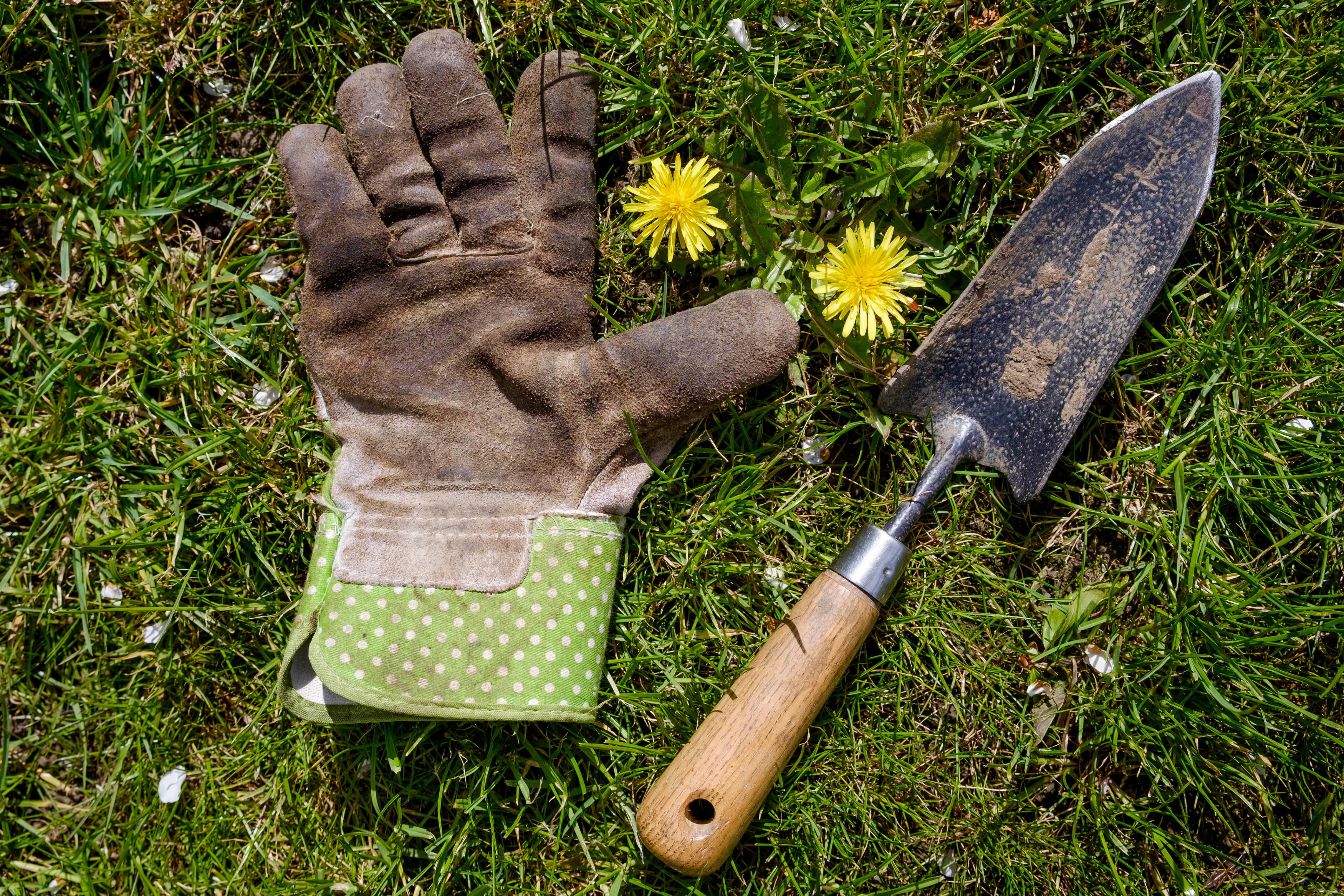
There are many good reasons not to spray weeds with toxic herbicides, and the health of your lawn is just one of them.
'Don't spray weeds,' says Phil. 'Although summer weeds will compete with grass for water and nutrients, you should only hand-pull weeds at this time when the lawn is under heat and/or drought stress.'
Be The First To Know
The Livingetc newsletters are your inside source for what’s shaping interiors now - and what’s next. Discover trend forecasts, smart style ideas, and curated shopping inspiration that brings design to life. Subscribe today and stay ahead of the curve.
Jacky Parker is a London-based freelance journalist and content creator, specialising in interiors, travel and food. From buying guides and real home case studies to shopping and news pages, she produces a wide range of features for national magazines and SEO content for websites
A long-time contributor to Livingetc, as a member of the team, she regularly reports on the latest trends, speaking to experts and discovering the latest tips. Jacky has also written for other publications such as Homes and Gardens, Ideal Home, Red, Grand Designs, Sunday Times Style and AD, Country Homes and Interiors and ELLE Decoration.
-
 Turns Out the Coolest New Café is Actually In Your Kitchen — Here's How to Steal the Style of TikTok's Latest Trend
Turns Out the Coolest New Café is Actually In Your Kitchen — Here's How to Steal the Style of TikTok's Latest TrendGoodbye, over-priced lattes. Hello, home-brewed coffee with friends. TikTok's 'Home Cafe' trend brings stylish cafe culture into the comfort of your own home
By Devin Toolen Published
-
 5 Bathroom Layouts That Look Dated in 2025 — Plus the Alternatives Designers Use Instead for a More Contemporary Space
5 Bathroom Layouts That Look Dated in 2025 — Plus the Alternatives Designers Use Instead for a More Contemporary SpaceFor a bathroom that feels in line with the times, avoid these layouts and be more intentional with the placement and positioning of your features and fixtures
By Lilith Hudson Published
